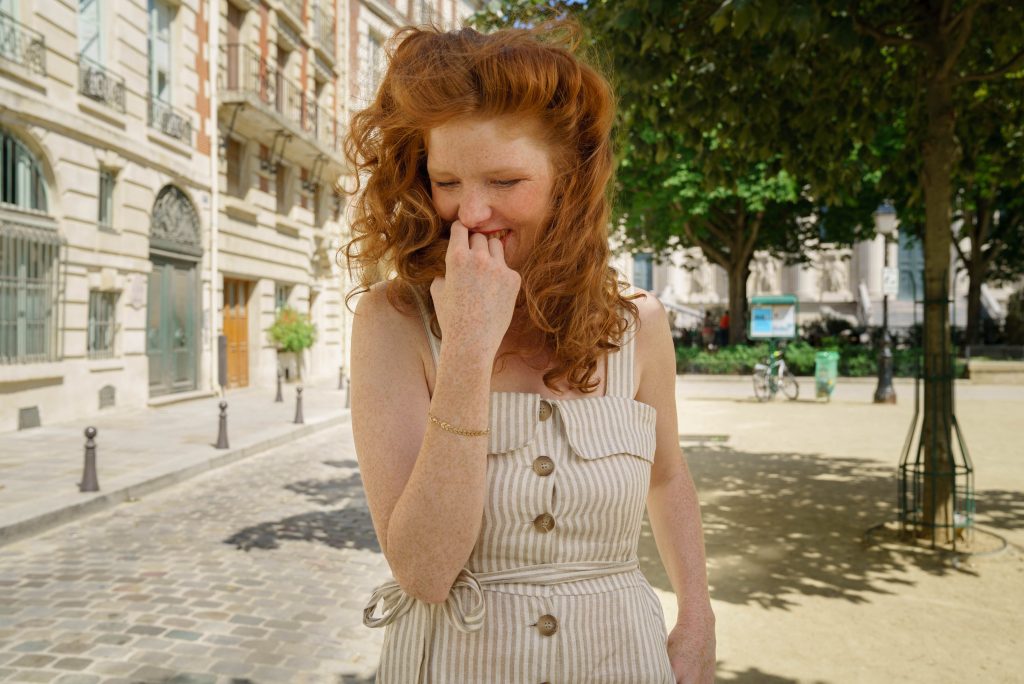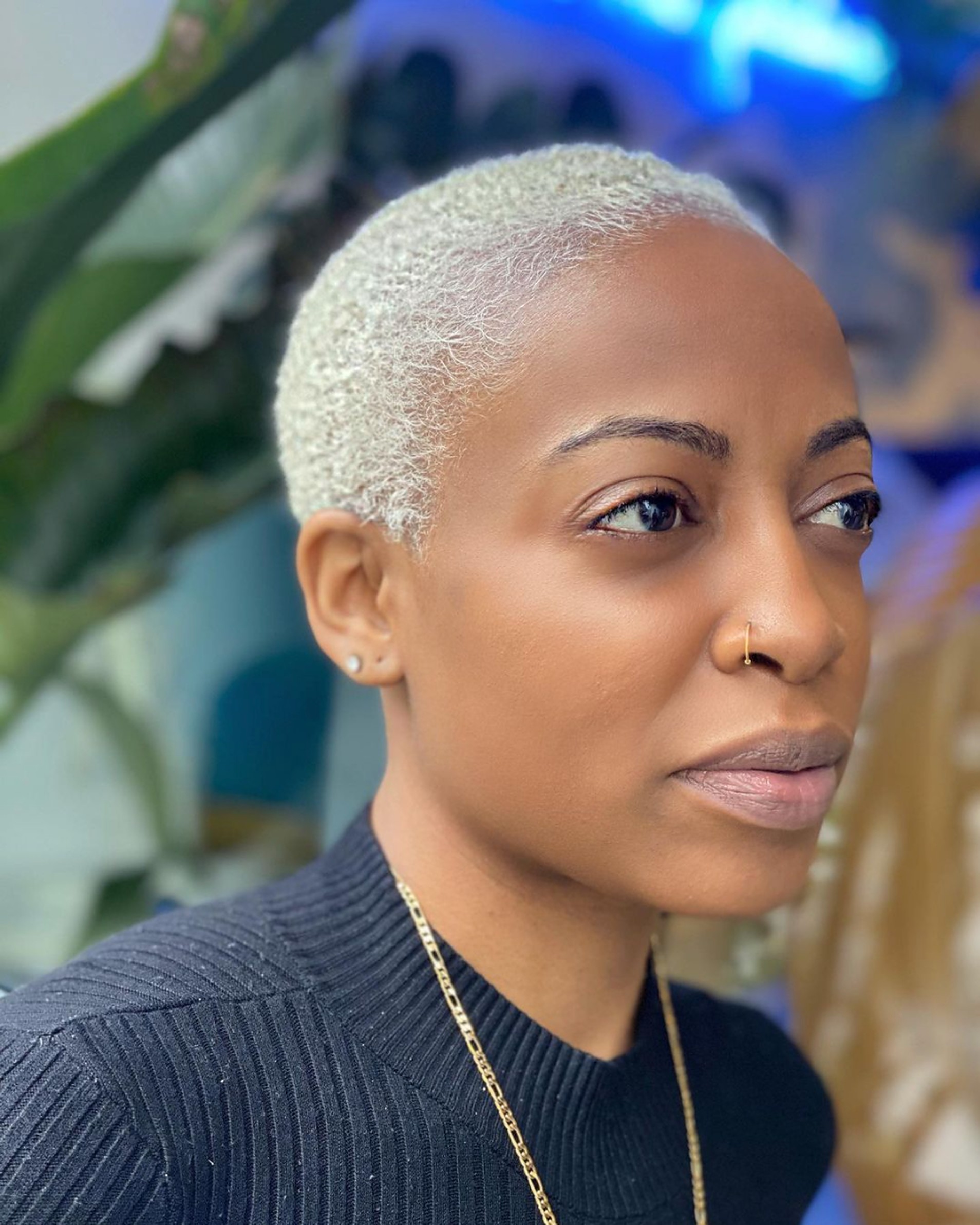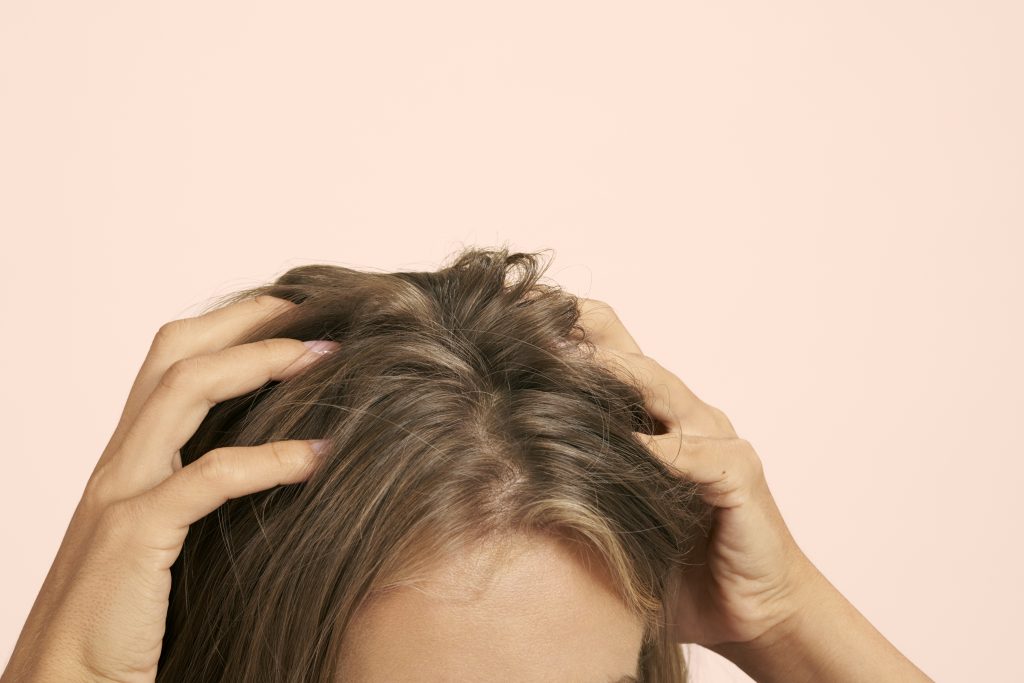I probably feigned calmness towards hair loss, though, for two reasons:
1. My father and younger brother are both bald (and have been since their late teens), and they look terrific—since they wear it confidently.
2. Hair transplants, to my knowledge at the time, looked unnatural. You know what I’m talking about…plugs.
And regarding that second bit, I wasn’t entirely wrong, even though the technology had advanced past that by 2011 when I was 25. But at that time, while transplants looked much more natural to the untrained eye, they still left a big scar on the back of one’s head. That’s because they required taking a long graft of follicle-loaded skin, which would then be planted up top, leaving an egregious bald scar in the rear. Recipients would never buzz their hair short which I think is one of the benefits of a hair transplant. You can rock a full, short hairline without calling attention to your recession or thinning—and yet, there was that scar in the back, a big buzzkill even if you weren’t shy about your transplant experience.
Fast-forward nine years, and I had a very different take on things: I was losing my hair at rapid speed, taking two prescriptions to keep it locked in place, but unable to restore my hairline. As a grooming professional, my hair is my canvas for all of the products I try. It’s kind of crucial that I keep my hair!
Most people I knew would tell me I didn’t need a transplant. And that’s true of anyone: You never really need a hair transplant. But let me show you my side of the argument.
Before my hair transplant

Exhibit A: I styled my hair forward, and used products that would make it look full enough that nobody would inherently think “that guy is balding”. This was something I knew how to do well, given my job.

Exhibit B: I grew my hair out a few years back, which really showcased the recession and thinning, since the hair was no longer worn forward. There are two sobering ways to check your hairline: buzz it all off, or let it all grow out.

Exhibit C: You see a beautiful Brazilian beach, I see a choppy hairline, since I had two giant bald spots up top my head (from Vitiligo). Whenever I grew out my hair to the ideal few-inches length (to cover the forehead and recession), I also had to mind this chunk of my “fringe” that simply wouldn’t appear. (Cue the tiny violins, I know.)

Exhibit D: Just me showing off the thinning and recession, up close and personal. (It’ll help augment the before-and-after effect.)
But more importantly than anything else: I think there is no greater justification for a hair transplant than simply not wanting to lose one’s hair. If you don’t have to, why would you? Bald is beautiful, yes, but I can still opt for baldness while having hair. The same can’t be said in reverse.
My decision to get a hair transplant
And music to my ears was the fact that hair transplant technology no longer leaves scars, plus the results look incredible. If you want to know why, then here’s an explanation from the surgeon I visited for my transplant, Dr. Serkan Aygin, in Istanbul.
“The reason why hair transplants look more natural for the last ten years can be explained with the newest techniques we are using, such as Follicular Unit Extraction (FUE) and Direct Hair Implantation (DHI). These techniques involve removing individual follicles instead of cutting a strip of skin from the scalp,” notes Dr. Aygin. He adds that the devices also implant the hair in smaller, individual strokes, and at the proper angle for growth, whereas previous methods planted hair directly upright, and in clusters (hence the plug effect).
“FUE and DHI also cause less pain and scarring, and people have a natural result. Density has increased immensely with these techniques, too. We are able to implant 50 grafts per square centimeter.” And, since each graft can have 1-4 hairs in it, this yields up to 200 hairs per square centimeter. In a single session, which can last roughly 4-7 hours, you can get as 3,000 or more grafts done.
I was convinced to do it, and flew from Germany to Turkey for the experience. I’ll spare the unsightly photos, but Dr. Aygin’s team assessed that I could receive approximately 2,000 grafts from the backs and sides of my hair, and that it would fully fill in the bald spots and recession. Turns out I have really virile follicles, too, because this 2,000-follicle decision (done in person at the pre-procedure assessment) was lower than they had estimated via our virtual conference. That’s because many of my follicles sprout 3 and 4 hairs each, while many others are stuck with 1-2 hairs each. (Score one for trying to lead a healthy lifestyle; it preserves the virility of your hair follicles.)

Exhibit “Worst photo of me ever”: You can see the two bald spots, which in addition to the black permanent marker outline, indicates the recipient area. You can see they also shaved the sides and back of my hair to make extraction easy and uniform.
For any women looking to get a transplant, they can shave smaller patches of hair in the back, which will be easy to cover up. You also don’t need to have your hair short up top in order to receive a hair transplant; I merely did it for the before-and-after benefit. In fact, many patients—especially women—prefer the discreet route of keeping their hair long.
My procedure
My procedure lasted about 5 hours. First they extract the hairs with tiny little plucker pens, while you’re mostly asleep and numbed up through an IV (plus some local anesthesia, which was the only time I felt any minor pain throughout the entire procedure and recovery).
A team of three looked at each extracted graft under a microscope, and sorted them into groups, based on how many hairs (1-4) grew from each graft. Their sorting tabulated that I got just over 7,000 hairs from those 2,000 grafts. They need to do this sorting to also determine how densely they’ll place the graft around the head. (You don’t want a bunch of 2s on one side, and 4s on the other. It needs to be balanced.)
Then, they flip you over and start planting them one at a time in the designated area. You’re mostly awake during this part, but still extremely numb. And while it’s so annoying to sit there as they jab (painlessly) at your fuzzy head for a few hours, I can say that the second part only felt like 90 minutes, though it was actually closer to 3 hours. It felt long, but not as long as it actually was.
My recovery period
The same can be said of the recovery period, which is an odd one. The area swells up (though it’s contained by a headband), and it gives you this soft bubble crown effect for a couple days, which decreases within 5-7 days. You need to sleep upright and follow their precise cleaning and hydrating regimen, and can cover it gently with a bucket hat they provide, which comes in handy for the flight home. You’re able to fly home the following day at the earliest, but only in the evening, since they need to undress the site, and assess the recovery. They’ll even give you a hair-boosting light treatment, or plasma injections—whichever you might opt for.
Everything is itchy for a month or two, and you have to avoid direct sunlight on the area for a couple months, along with avoiding hot water or high water pressure for a month. You need to avoid sweating and physical activity for a couple weeks, too—your doctor will give you a clear list and timeline of all this stuff. It’s tedious, but easy to manage if you can plan on having a relaxed couple months following the procedure.
The transplanted hairs fall out after a month, which is a form of shock loss; it’s normal after enduring stress like this. They then start their growth phase all over, which takes about 3-6 months to see significant progress (imagine thousands of hairs all starting to grow again from square one. They sprout up after a 90 days or so, but take a few more months to get fuller, stronger, less flimsy.
My results
The photos below show my “new” hair after 9 months. In theory, the transplanted hairs have another 3-9 months of growth, wherein they can still grow thicker and fuller, but I’m fairly certain my results came in early. I’m already immensely satisfied, and can’t fathom it getting even better (hey, I’m all in for it, though, if it happens). You can even see that the bald spots are filling in, too.
From this point forward, I’ll still have to keep up my other methods of hair retention, from living a healthier life, and taking the two meds that my doctor monitors closely—minoxidil, which is OTC and increases blood flow to the follicles; and finasteride, which is prescription only and prevents testosterone byproduct DHT from thinning the hairs. All transplanted hair should stay firmly planted and resistant to fall. The reason I need to keep vigilant about the other means of hair retention is so that the rest of my hairs up top don’t become thinner by contrast. In theory, my hair should look like this for decades to come, if I stay the course.
The future of hair transplants
I asked Dr. Aygin about the likely next advancement in hair transplants, which is stem cells. When would they be available (since they’re in trials in the UK and Japan). Here’s what he had to say about it:
“The aim is to generate thousands of hair strands in a laboratory with a sample of 5-10 hair follicles. Even though stem cells are thought to be the next level in hair restoration, the cost of the procedure is still unknown. And we are wondering whether the hair cloning treatment option will ever become legal. The other disadvantage is that it may take years to complete the stem cell treatment completely. A large proportion of patients with hair loss usually prefer treatment options whose results can be achieved in a shorter term.”
In short: The future is fuzzy on when stem cells treatments will present us with the next big leap forward in hair transplant technology. But to be honest, I’m perfectly cozy with the technology that got me this here hairline.
I love that it looks believable to everyone, and it garners a huge reaction, or none whatsoever. Everyone I see (who knows I did it) is like “WHAAAT WHOAOAOAOOAOA!” whereas those who don’t know I did it are thinking that this has always been my hairline. (Probably because I was wearing my hair forward and fuller, covering up the actual hairline these last few years.) Now I’m wondering: Do I grow it long again, because I can? Or do I buzz it all off, and rock a fully-filled-in hairline, because I can?






